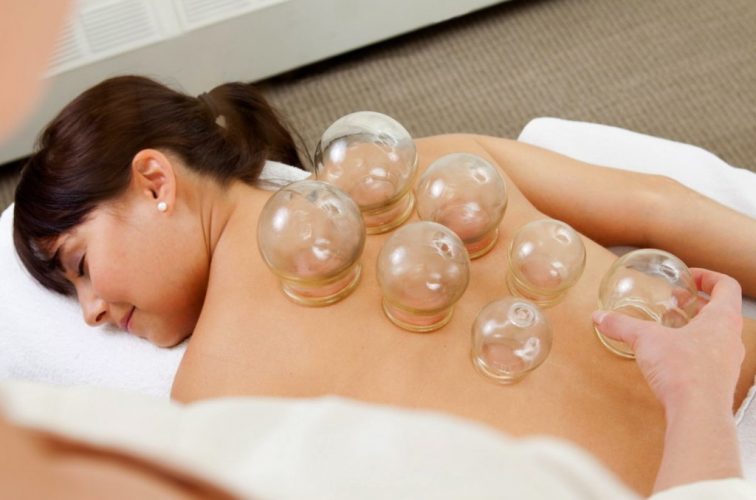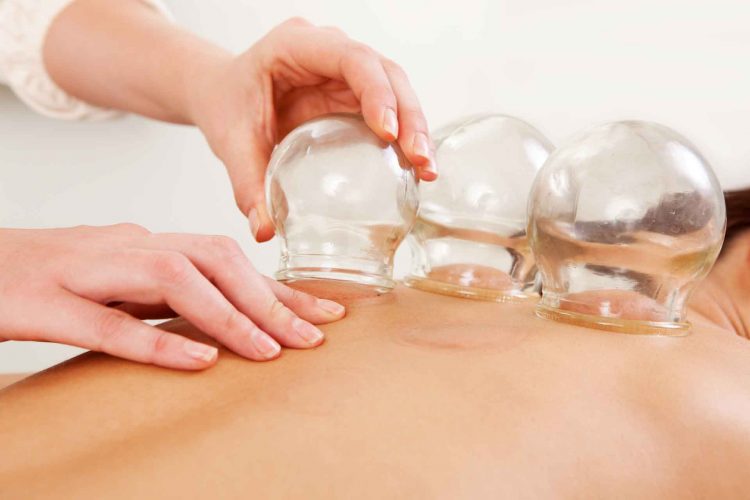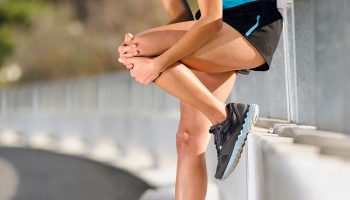Purplish circles have been spotted on the swimmer’s upper body poolside at the 2016 Olympics in Rio this week, one of them being 19-time Olympic Gold Medalist Michael Phelps.

| The purpose of cupping is to enhance circulation, help relieve pain, remove “heat” and pull out the toxins that linger in your body’s tissues. |
The Question arises – What is Cupping Therapy?
It is a tissue injury to the skin which causes blood vessels to dilate and increases blood flow. The aim of cupping is to relieve any blockages in the flow of energy and blood and lead to better recovery.
Cupping is a form of traditional Chinese medicine for pain management which has been around for a couple thousand years. Originally, the “cups” were made from animal horns, and practitioners used their own lips to create suction. The process now involves a glass that is heated inside using a flame and then placed on top of the skin, where it creates a vacuum and sucks the skin up into the cup. The aim is to release the tension in sore muscles. Some use pottery or bamboo cups, or a more modern device that relies on a hand pump to produce the suction. Creating a big circular hickey.
The more traditional method, create suction by applying heat to the cup—such as from a lighted candle—hence the name “fire cupping”. Newer methods of cupping use mechanical devices to create the suction.
Benefits of Cupping Therapy

The British Cupping Society says cupping therapy can treat a variety of conditions. This has not been backed up by studies. But the organization says cupping therapy is used to treat:
- Blood disorders such as anemia and hemophilia
- Rheumatic diseases such as arthritis and fibromyalgia
- Fertility and gynecological disorders
- Skin problems such as eczema and acne
- High blood pressure (hypertension)
- Migraine
- Anxiety and depression
- Bronchial congestion caused by allergies and asthma
- Varicose veins
- Supporters also believe that cupping therapy can reduce pain and inflammation throughout the body. And they say it can promote mental and physical relaxation and well-being.
Cupping therapy should be avoided by:
- Pregnant or menstruating women
- People with metastatic cancer (cancer that has spread from one part of the body to another)
- People with bone fractures or muscle spasms
The British Cupping Society says cupping therapy should not be applied to sites on the body that have:
- A deep vein thrombosis
- An ulcer
- An artery
- A pulse that can be felt
According to the American Cancer Society, Patients should not skip conventional treatment: “Relying on this treatment alone and delaying or avoiding conventional medical care for cancer may have serious health consequences.”
Note: If an athlete or anyone else is seeing the alternative therapy and is interested in trying it, they should seek a qualified health expert.
Disclaimer
The Content is not intended to be a substitute for professional medical advice, diagnosis, or treatment. Always seek the advice of your physician or other qualified health provider with any questions you may have regarding a medical condition.



